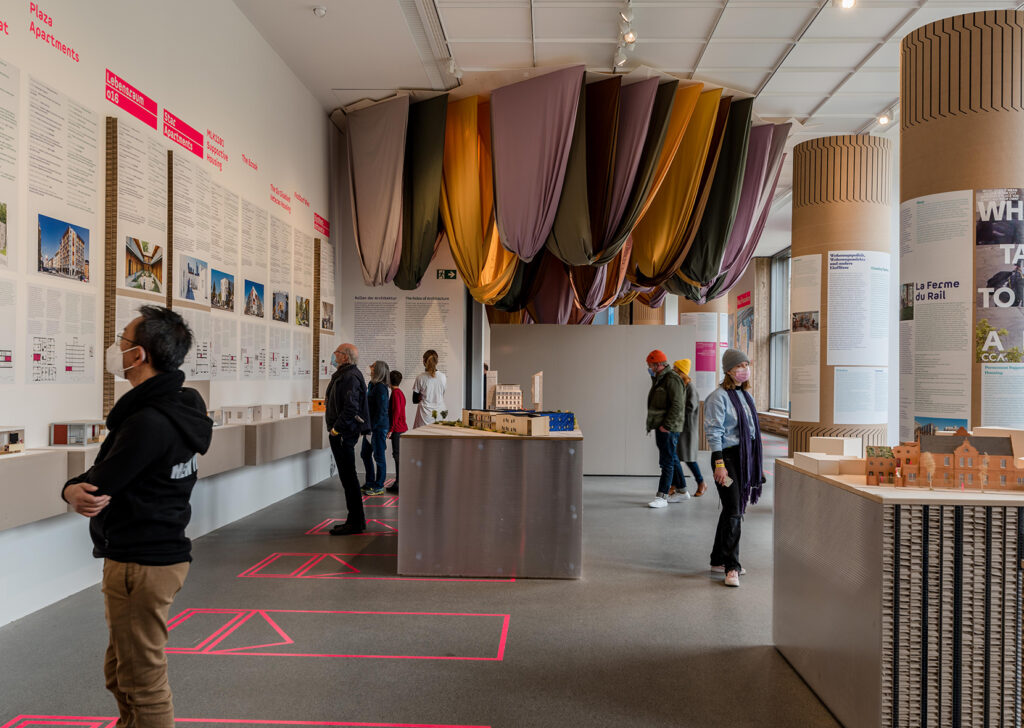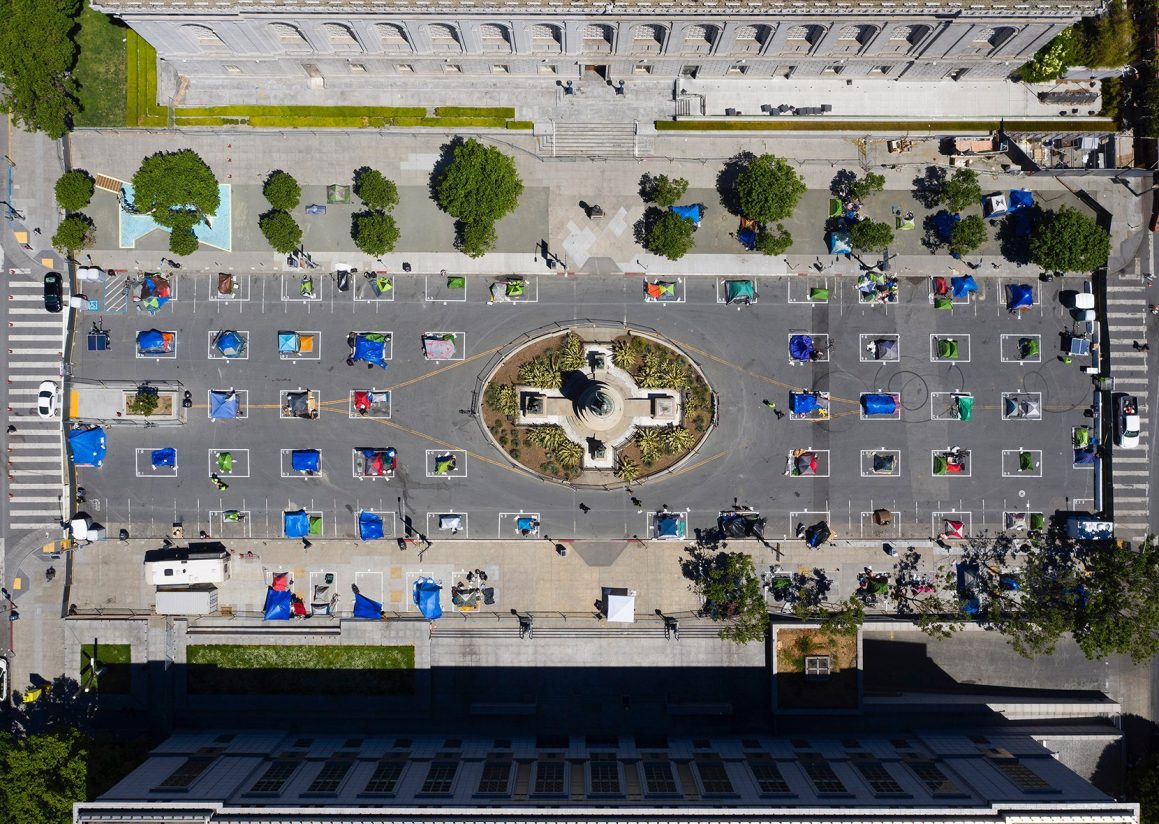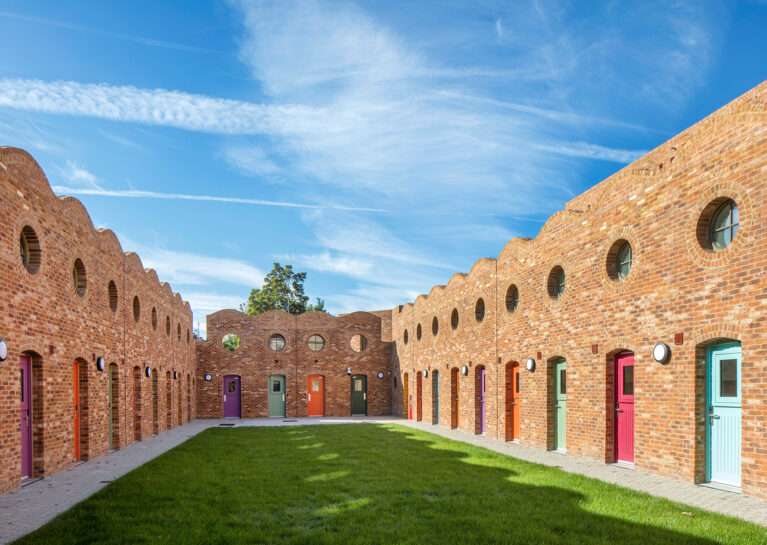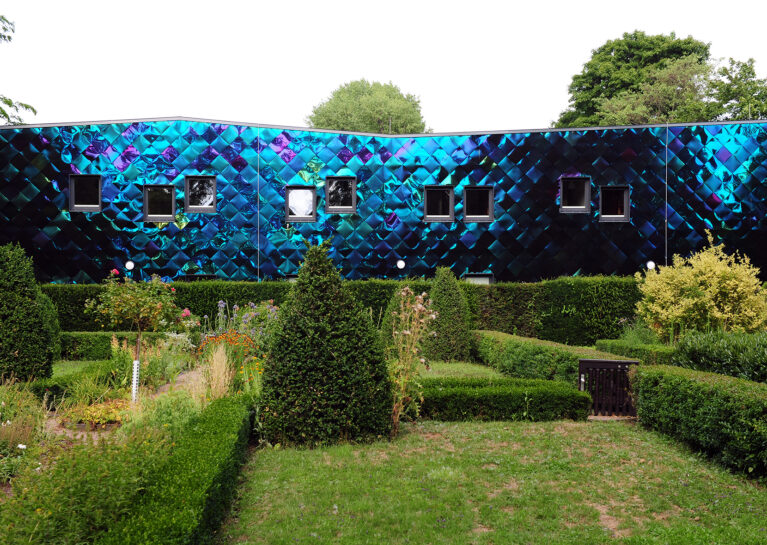Who’s Next? Homelessness, Architecture and the Cities
Architect and Urbanist Daniel Talesnik, who focuses on political ideology and architectural pedagogy collaborated with Professor Andrés Lepik, Curator of The Architecture Museum at Munich, observing the fundamental problem of homelessness that has skyrocketed during the pandemic.
By Mubeena Mohammad Ali

“How can architecture collaborate with other disciplines in developing ways to permanently house those who do not have a home?” –Daniel Talesnik
According to the United Nations’ estimate, there are around 1.6 billion people becoming roofless in the world and the current pandemic has only skyrocketed the issue due to unemployment. At the same time, the scale of homelessness is seldom as visible as it is today — when the streets are empty, the homeless are the only ones left behind. All over the world, the number of people affected by homelessness is increasing.
The exhibition: We Need to Talk About Homelessness, analyses the topic based on the spatial formation within the cities of Germany, Austria, and Switzerland caused by homelessness and thereby sheds light on the connections between housing and society. It asks pertinent questions about the definition of home? And asks: “Who has a right to housing? And how does housing become reintegration?”
 The Architecture Museum that organised the exhibition was set up in 1868 as a teaching collection for architectural training at the New Polytechnic School, the predecessor of today’s Technical University of Munich. The Museum talks about housing and homelessness from November 4, 2021, to February 6, 2022, through an exhibition, “Who’s next? Homelessness, Architecture, and cities”, composing of documentary films, photo essays, analysis, and devising a systematic solution on how architecture can collaborate with other disciplines to develop permanent housing solution for the most vulnerable of the society, the homeless people.
The Architecture Museum that organised the exhibition was set up in 1868 as a teaching collection for architectural training at the New Polytechnic School, the predecessor of today’s Technical University of Munich. The Museum talks about housing and homelessness from November 4, 2021, to February 6, 2022, through an exhibition, “Who’s next? Homelessness, Architecture, and cities”, composing of documentary films, photo essays, analysis, and devising a systematic solution on how architecture can collaborate with other disciplines to develop permanent housing solution for the most vulnerable of the society, the homeless people.

First temporary sanctioned tent encampment for the homeless, Fulton St. (with the City Hall in the background), San Francisco2020 (picture courtesy: Christopher Michel)
The Exhibition exposes solutions to the socio-economic root of the issue, an innovative paradigm at Holmes Road studios in London, a shelter for former substance addicts rather than providing a hostile architecture that pushes the homeless out of sight for the sake of any city’s image and tourism.

Exterior view of the courtyard at Holmes Road studios, a supportive housing project in the Camden neighborhood of London, architecture by Peter Barber Architects (picture courtesy: Morley Von Sternberg)
The analysis, which is a joint effort between the curator and the architectural students, has centralised multiple crises understanding the design discipline in eight cities with a diversity of rich and poor in their urban morphology. Case studies of 19 architectural projects long-listed according to design feature and programme characteristics, narrating the complexity in the topic and offering a solution to the concern. The quantitative data from the studies of each project illuminating the visibility of homelessness in a city circled down to the type of building, city, architect, cost, and clients of varied users.

Exterior view of Lebensraum o16 Ostpark, an emergency shelter on the edge of Ostpark in Frankfurt am Main, architecture by Michel Muller, HKS Architekten and artist Heiner Blum, Jan Lotter. (Picture courtesy: Studio MC)
From the open to air winter garden exhibition, pavilion 333, conduits through the interior litfasalen, the soul of the exhibition leading to the exterior NS Dokuzentum and St: Bonifaz church. The exposition with an interplay of glossary with the terminology of the necessary information including public health, public bathroom associating the concerns of homelessness, displayed and designed hastily to understand the street setting from a homeless perspective. Litfasalen unfolds the homeless populace among the overall population, average cost of land value in the real estate market, and the legalities of homelessness in cities of Los angles, Munich, New York, Shanghai, Mumbai, São Paulo, Hong Kong, San Francisco.

“We don’t see architecture as a saviour or only discipline that can solve the problem. It can only help alleviate people’s situation. Because as such, this is a social problem, more than that, it’s a systemic problem,” says Daniel Talesnik
Directed by Nicole Huminski, the exhibit films three documentaries portraying the gap between the two sides of society, homeless people stimulating their streets and prosperous people privatising their isolated life. Huminski has documented the dreadfulness of the homeless, inconvenience in receiving proper food, hygiene, and medical care due to lack of ID and address for health insurance. The film draws an awareness on homelessness affecting them psychologically with trauma, drug addiction, and mental illness which impacts the socio-political background. The film awakens the viewers about responsibility, collaboration, and contribution in the design discipline for a better understanding of the critical concern of society.

The Glowing Homeless, Greenpoint, Brooklyn, 2011 Neon sculpture by artist Fanny Allie, addressing the invisibility and demonization of homeless people in New York City. (picture courtesy: Fanny Allie)
The curators also collaborated with 13 architectural students and exhibited the most relevant and sensitive social topics during COVID-19 times. The exhibit which was on till May 2021 explored the spatial structure of the urban dimensions of European society, peppered questions to the onlookers to realize the housing condition of the cities. Taken place at Kunstlerhaus Bregenz, the exhibit was an outshoot of the curator and student’s master project of the chair of the history of architecture and curatorial practice. The curators analysed the society’s rejection of the homeless within high dense cities of Berlin, Hamburg, and Munich and with low dense cities of Essen, Leipzig, and Frankfurt. Projects against homelessness were researched and categorised to call the professionals, urban planners, to develop a way to make a home for the homeless. The curators will also publish a book named “Who’s next? Homelessness, Architecture, and cities” in February 2022 breaking down to find a solution to the topic with its complexities and specifications of the most important crisis during the covid times.
“You should defend and make the welfare state more robust” –Daniel Talesnik
All Images Courtesy The Museum of Architecture




